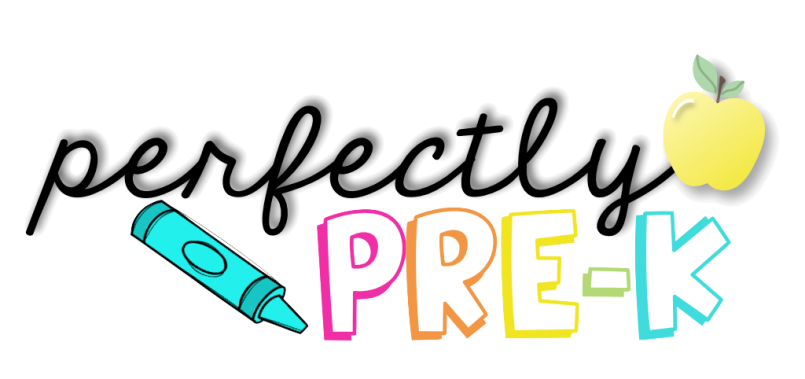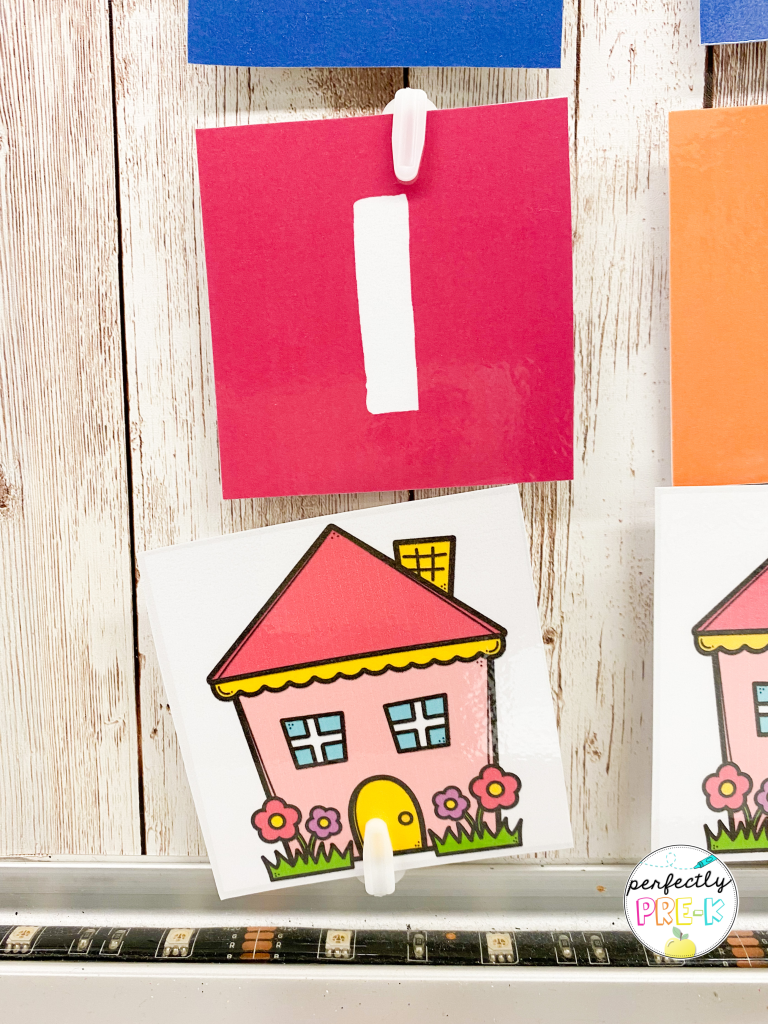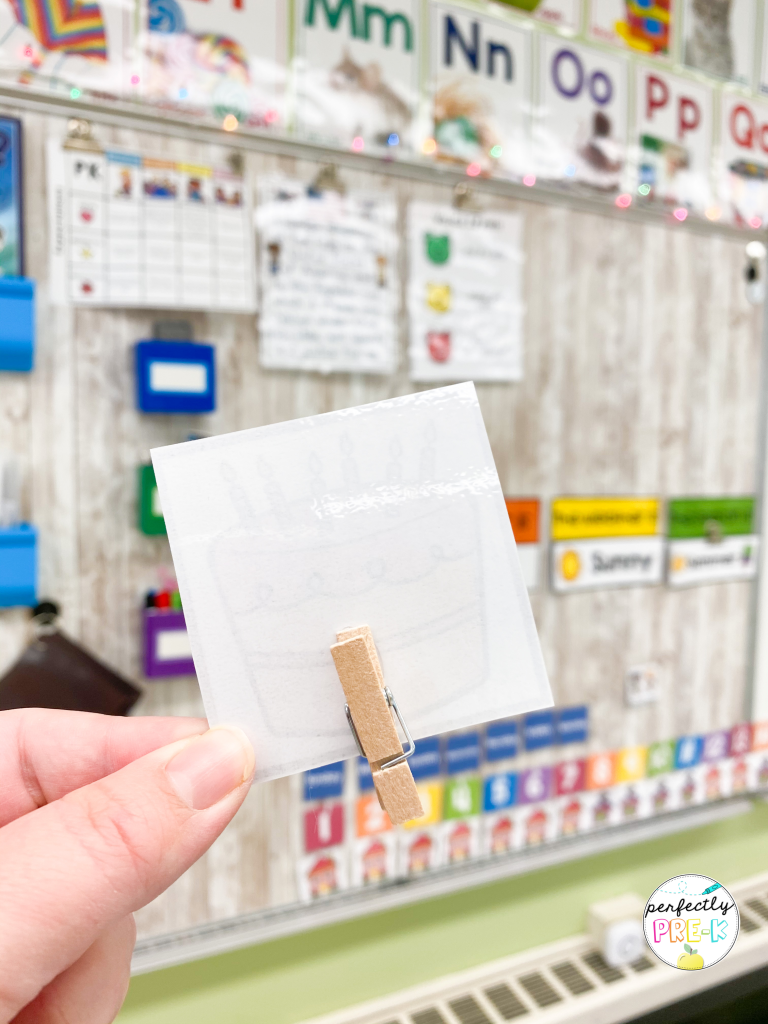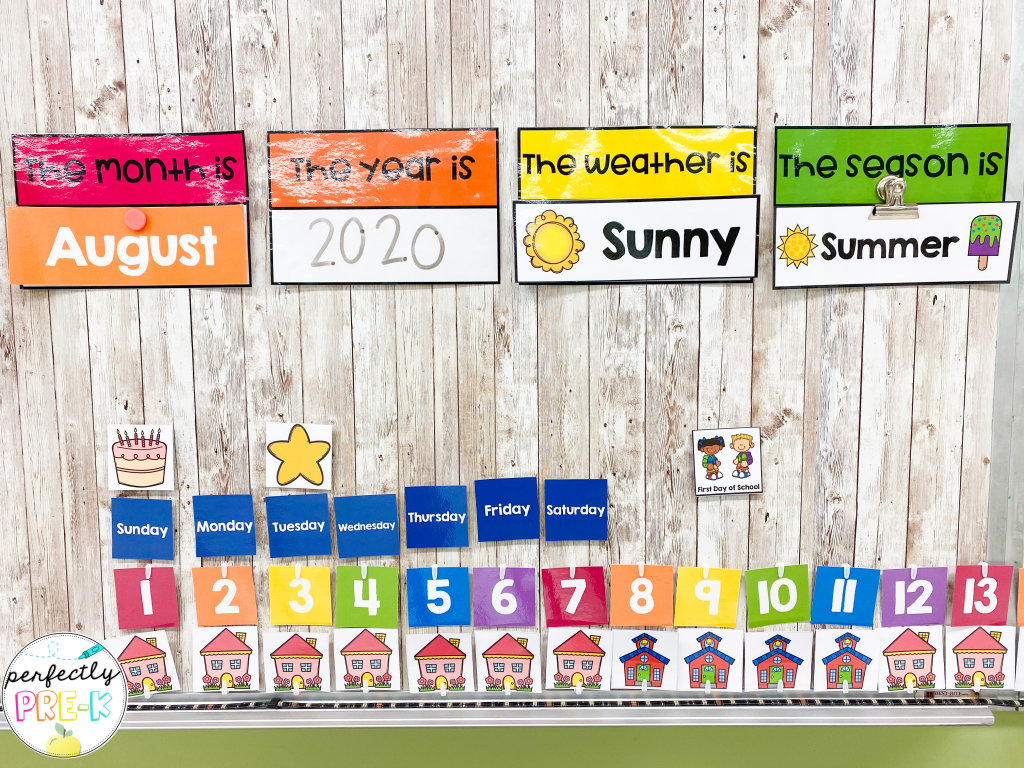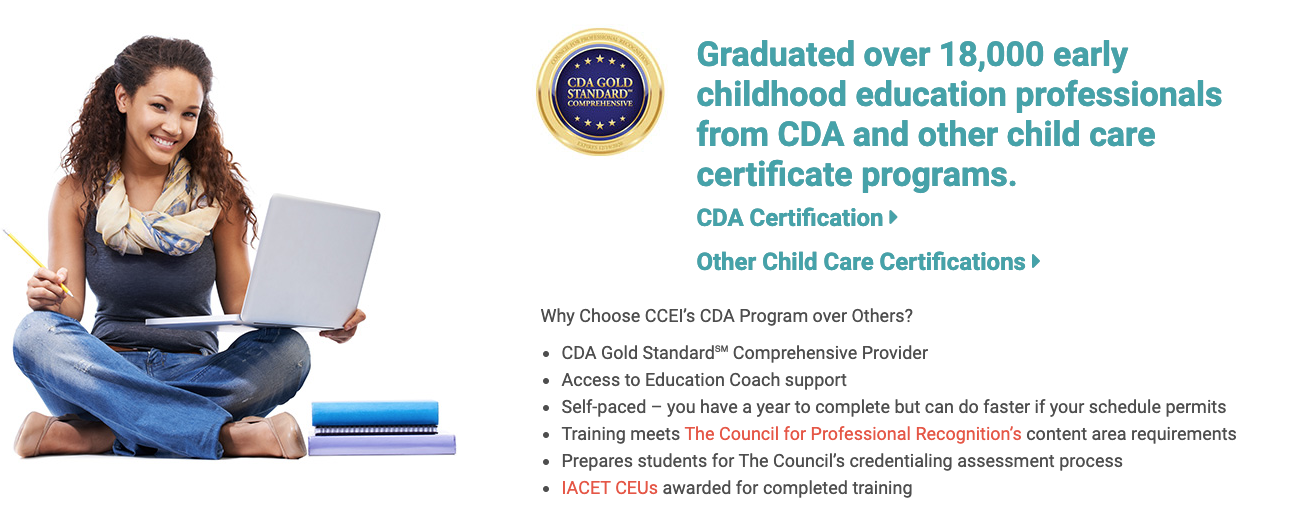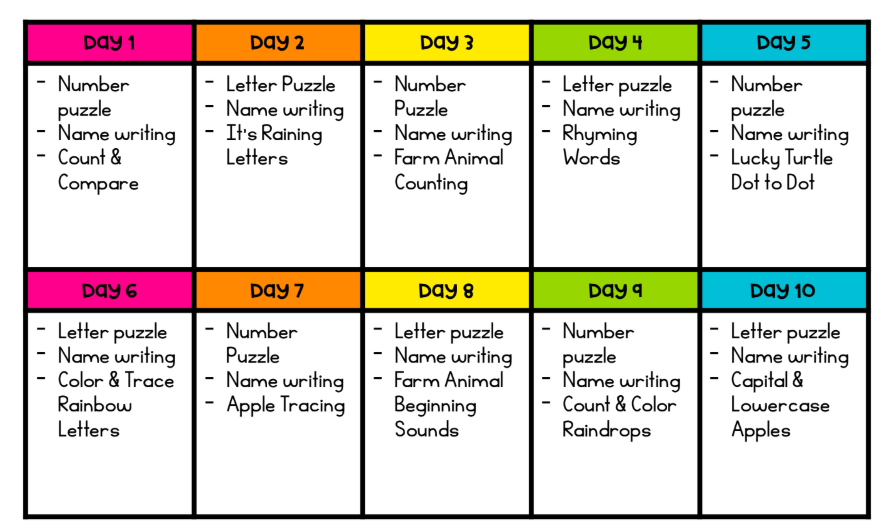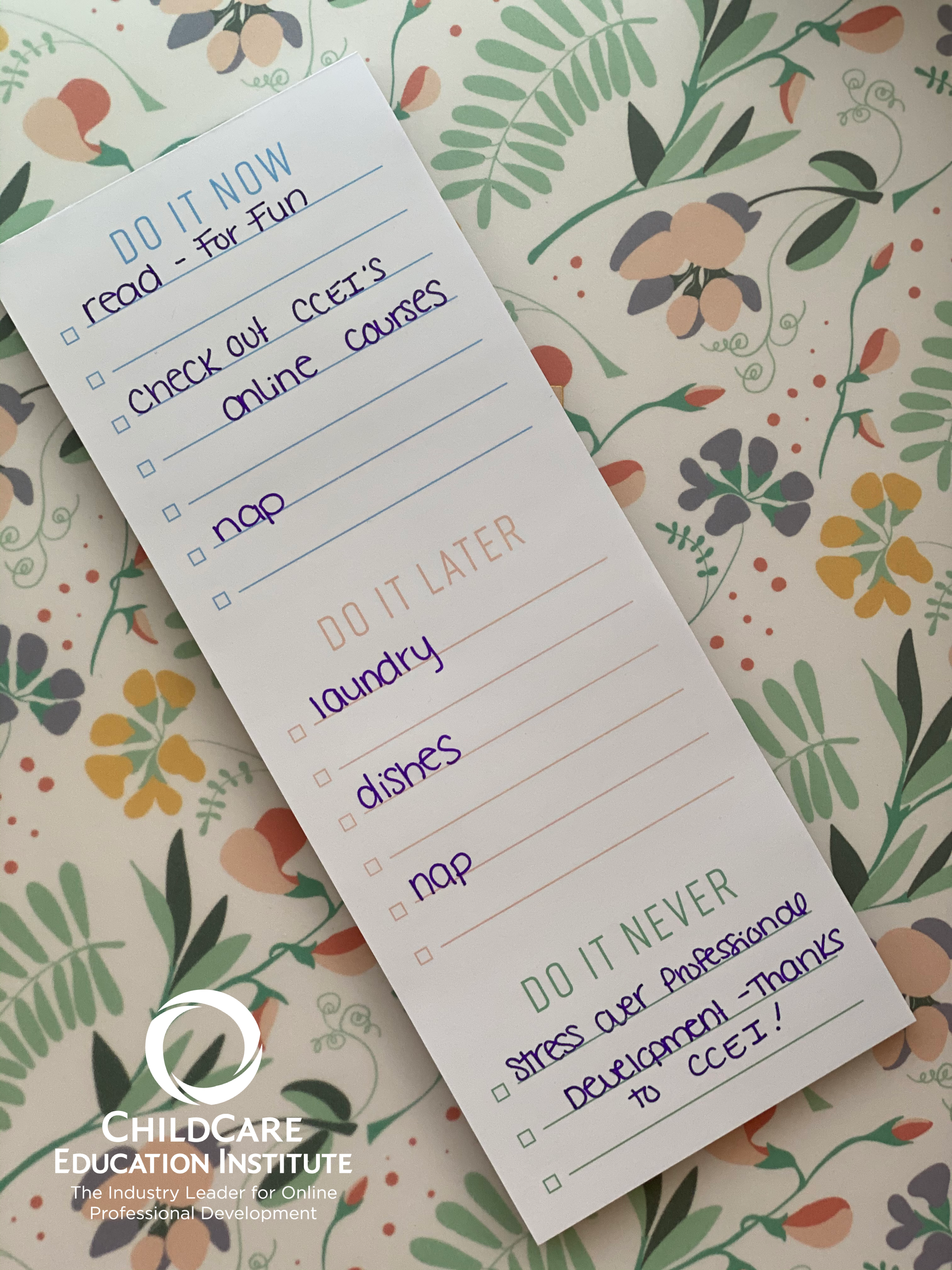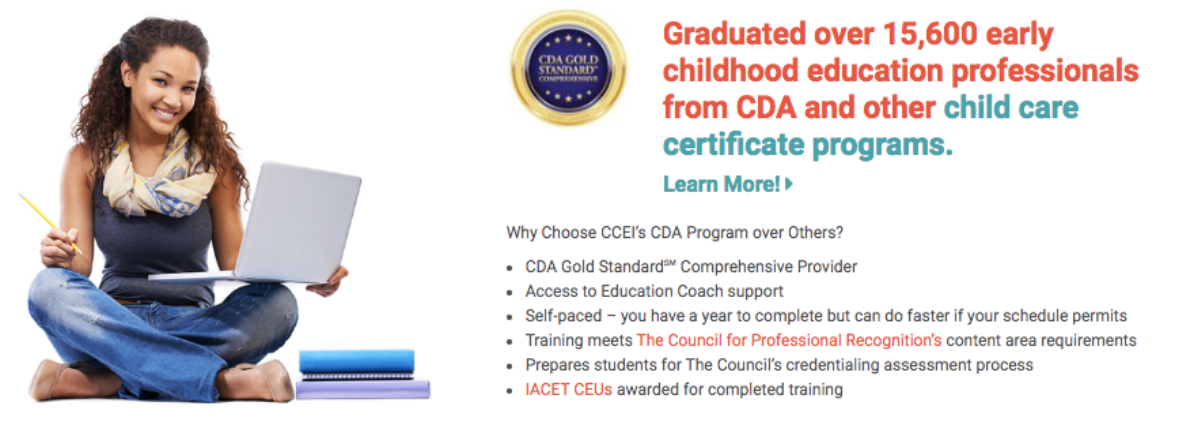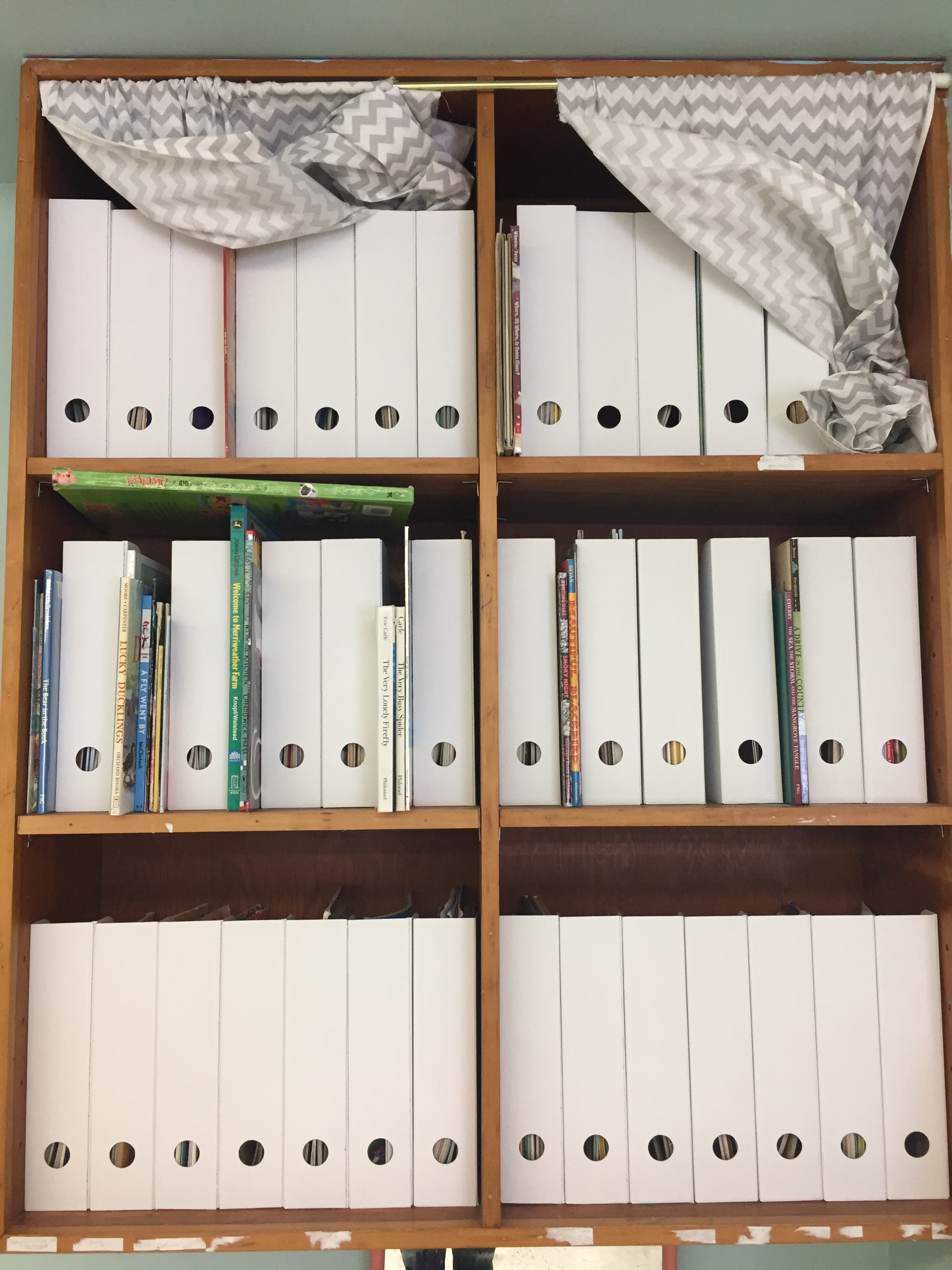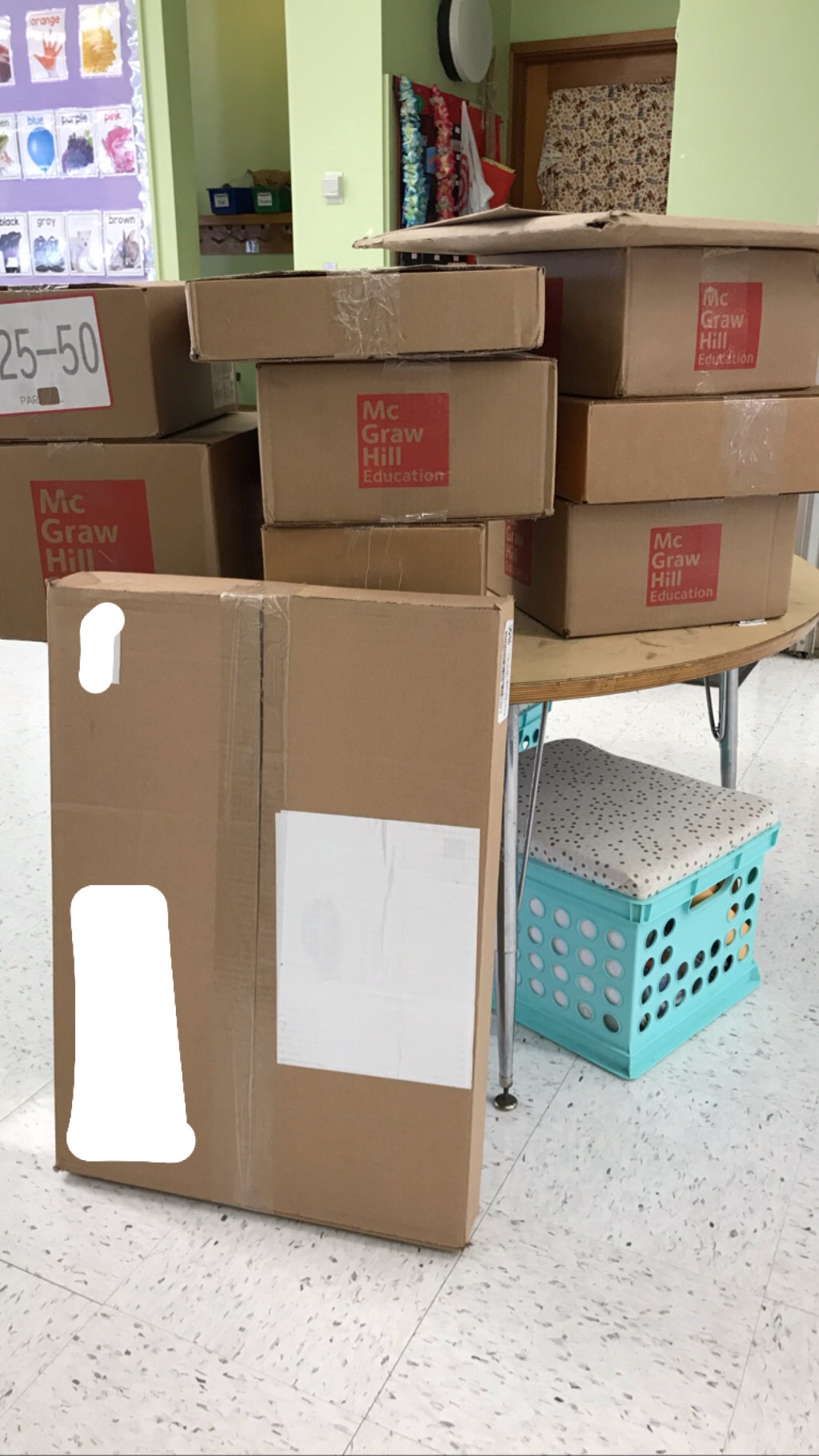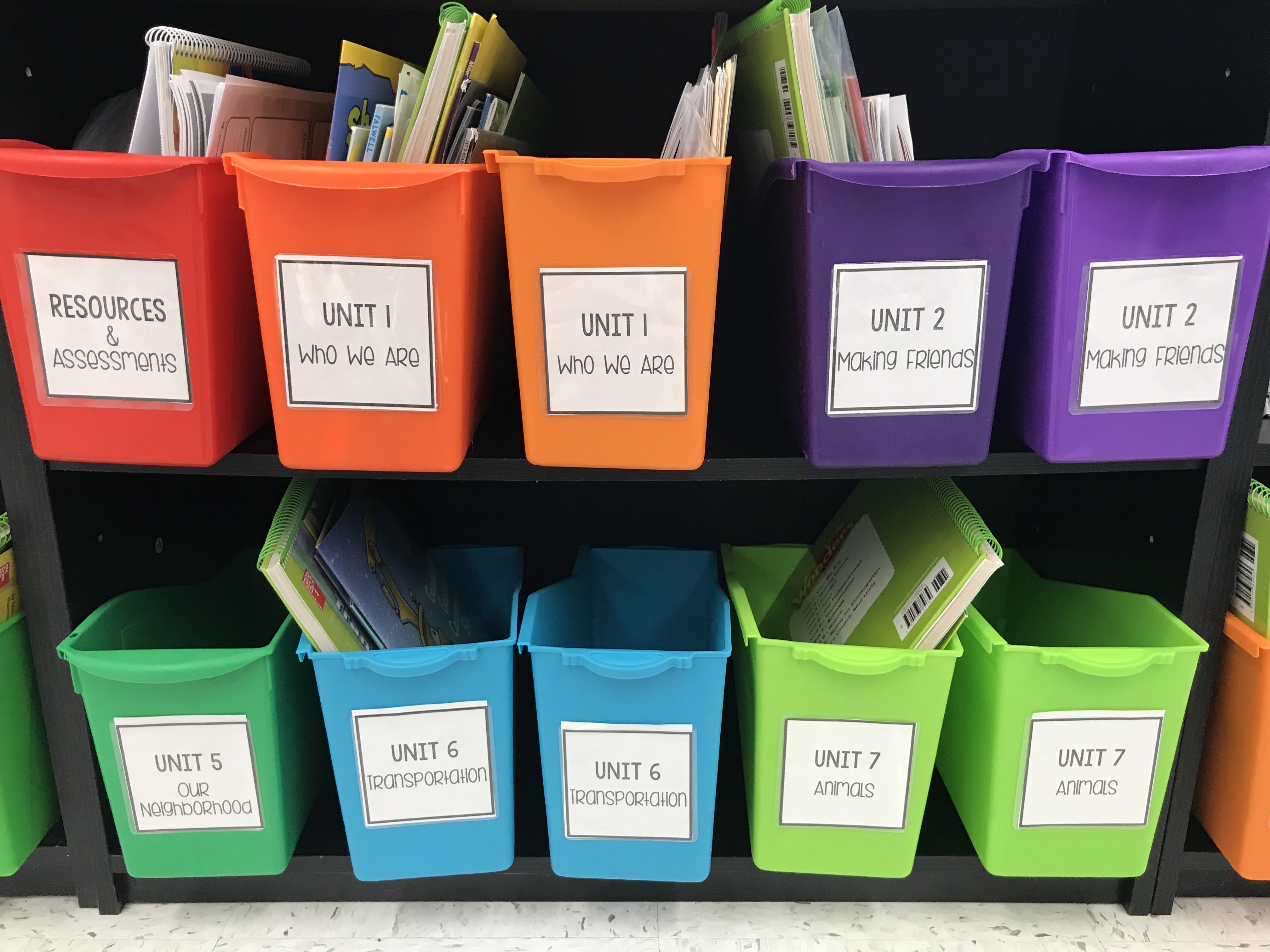I cannot express how much my students and I love Around the Room activities in Pre-K! Whether it is Count the Room, Write the Room, Find the Number / Letter, etc., I will usually include one variation a week in my planning. Though the initial purpose of these activities is to get students up and moving during work time, there are SO many different ways to use the cards and just as many ways to differentiate for all learners! Here is a little run down of my St. Patrick’s Day Count the Room resource on Teachers Pay Teachers and all the different ways you can use it.
(this post includes affiliate links)
What’s Included?
I made the St. Patrick’s Day resource to be multifunctional AND easy to prep. Just spend a few minutes cutting and laminating some pages and you are good to go year after year! Pages in the pack include:
- Number cards 1-10
- Number cards 11-20
- Counting cards 1-10
- Counting cards 11-20
- Recording sheets (4 variations with B&W and color versions)



Activities
The contents of the resource seem very basic but you can use them for SO MANY different activities! Need some ideas? Below are the variations that I had in mind when creating it.
1. Count the Room: I typically use these activities as independent centers but this year have incorporated it as a small group activity and it is still so fun! The original concept: hang up the cards throughout the classroom. Give students a recording sheet on a clipboard and have them find the cards, count the pictures or identify the number, and write / color the correct number in the corresponding box. If using the counting cards, I suggest taping a number line to the back of the clipboard for students that are still learning how to identify numbers — success with using this problem solving strategy comes with a lot of pre-teaching and scaffolding, but it is SO worth it in the end when they can use it independently!
2. Number / Counting Practice: Over the past few years, I have started introducing the cards as in whole group or small group activity and then the following week, switch it to Around the Room or putting the activity at a table during independent centers. It is a super simple activity! Just pick a card, read or count it, and then write or color the corresponding number on the recording sheet. You can kick it up a notch by strategically mixing picture and number cards – just be sure to only pick one for each image on the recording sheet!
3. Number + Counting Match: This is fun for independent centers! Spread the number cards on a table and place the picture cards in a pile. Students pick a picture card, count the images, and then find the correct number card to match it. As a fun whole group activity, you can give half of the students a number card and half the students the matching picture cards and take turns trying to find the matches! I probably wouldn’t use the recording sheet for this activity, but it can definitely be incorporated!
4. Counting Practice: My students LOVE doing counting practice activities to work on their counting strategies and this is such an easy to set up independent center, so its a huge win-win! All you need is a set of cards and small items to count (mini erasers, gems, or themed counters, etc). Students pick a card and count out that many items. Again, I wouldn’t necessarily use a recording sheet for this activity but it could be included!
5. Sensory Bin: Fill a bin with any filler (my faves are painted chickpeas, dyed rice, or pompoms) and decorations you want and “hide” a set of cards in it all. You can leave it at that and have a more open ended activity where students can explore the bin with the cards in it or you can add more structure. For structure, provide recording sheets on clipboards and have students pick a card and write / color the corresponding number.
My number one favorite thing? You can cycle through a couple activities (or all of them!) over time to get the most of it!
Differentiation
In order for activities to be successful, they have to work for your students. I have learned the hard way that just planning an activity ‘as is’ leads to frustration from children AND adults. That is why I include multiple sets of cards so that you can mix and match so that each student is working skills for THEM. In this resources specifically, the cards for numbers 1-10 have a dark green border and numbers 11-20 have a light green border. This is super helpful if they are being used as a Count the Room activity – students just find their color cards (the color version of the recording sheet are also color coded). You can choose which set of cards to use if you want students to practice identifying numbers or counting! There are also variations with the recording sheets: one for writing numbers and one for identifying and coloring the correct number. These small details and differentiation options make such a difference in my classroom!
Multifunctional – ✓
Easy to Prep – ✓
Everything a teacher could ask for!
Happy teaching,

